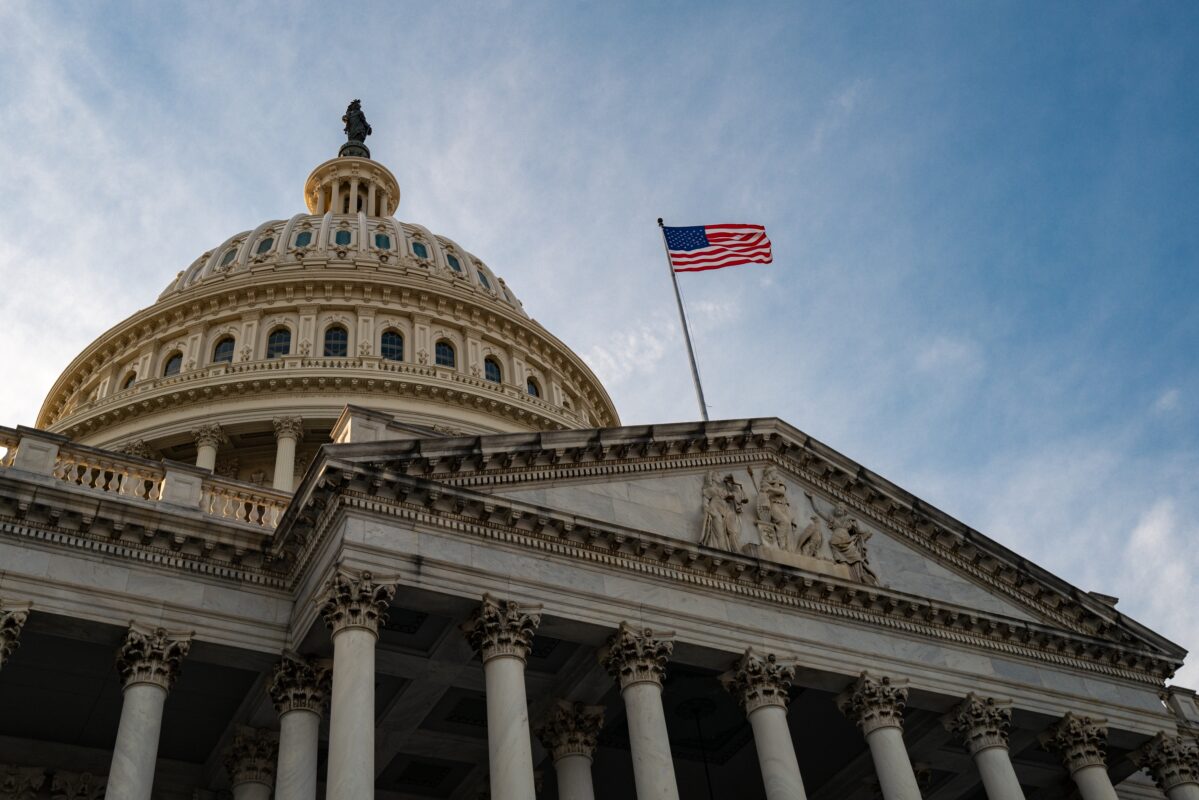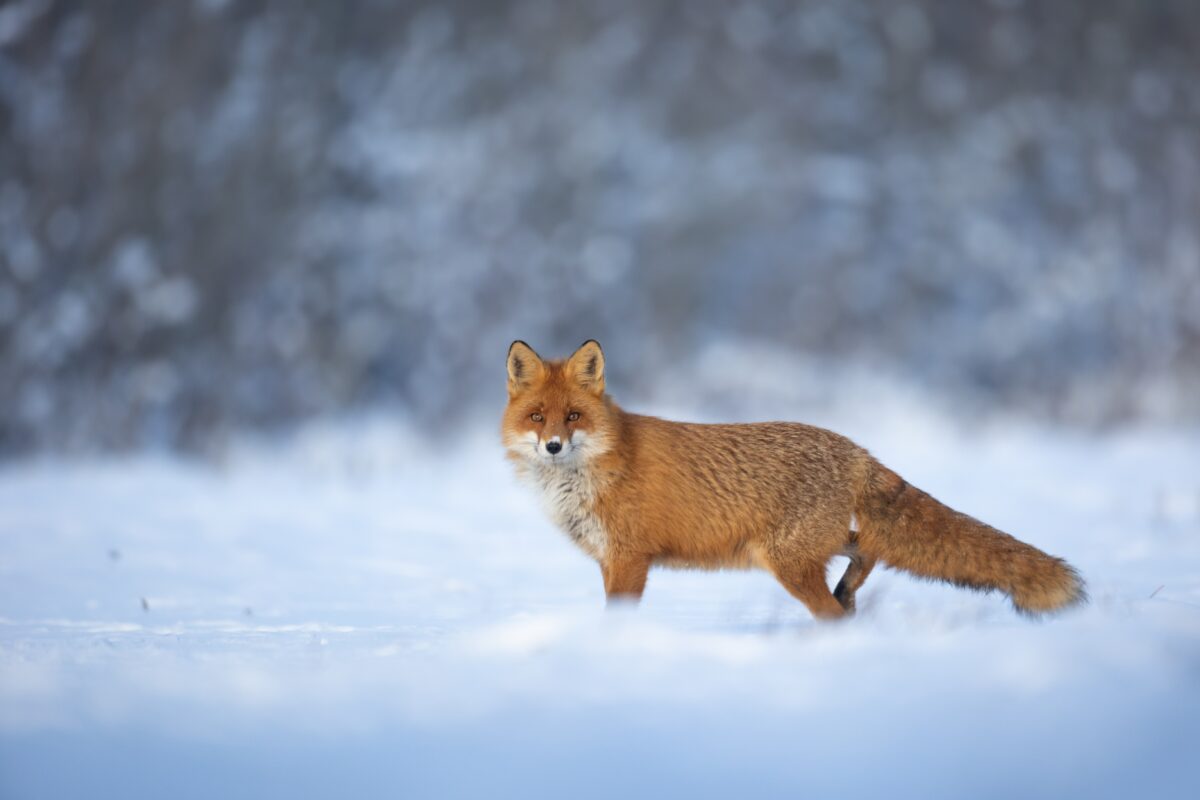The impact of sound exposure in humans has been the subject of thousands of research studies. Of course, animal models have been used in these studies primarily to infer how exposure might affect the human auditory system. Far fewer studies have looked at how noise affects the other members of the animal kingdom.
Increased interest in the behavioral changes of animals in response to noise and either artificial or augmented natural soundscapes has begun. However, of the few that have explored this space, there are significant variations in measurements and classifications. A recent article (Clark and Dunn, 2022) reviews key elements in this up-and-coming area of interdisciplinary research.
Reference
Clark FE and Dunn JC (2022) From soundwave to aoundscape: A guide to acoustic research in captive animal environments. Front Vet Sci 9:889117. doi: 10.3389/fvets.2022.889117
Recent Posts
Academy Files Rulemaking Petition to Restore ABA Language in VA Regulations
Earlier last year, the Virginia Board of Audiology and Speech-Language Pathology finalized regulatory changes intended to streamline licensure by removing direct ties between certification and…
Congress Needs to Hear From Audiologists on Student Loan Access
The Professional Student Degree Act, H.R. 6718, introduced by Representative Michael Lawler (R-NY), was introduced in mid-December. This bill reaffirms audiology’s status as a professional…
Why Wild Animals Don’t Have Floppy Ears
In 1959, a scientist began a domestication experiment with silver foxes. Critics believed the experiment was, at the very least, too ambitious (if not outright…


